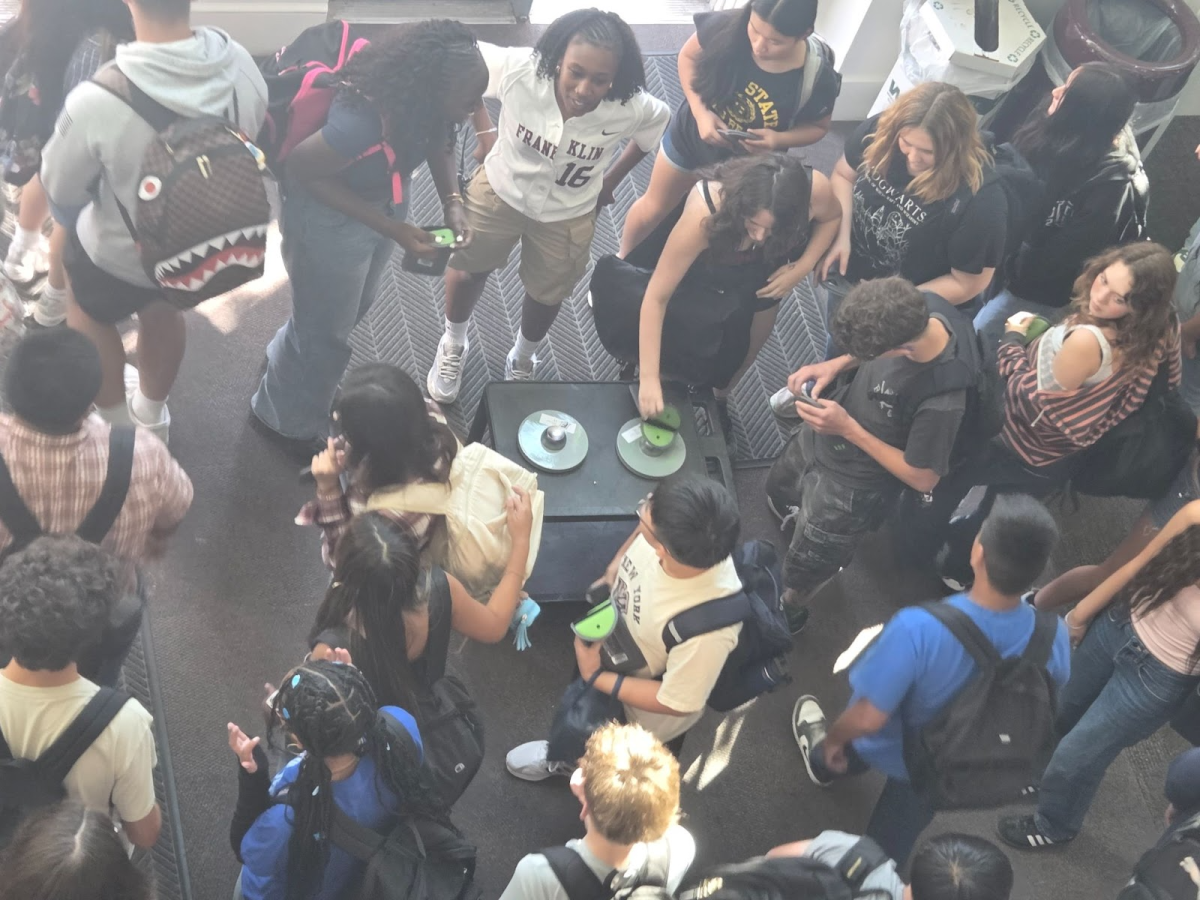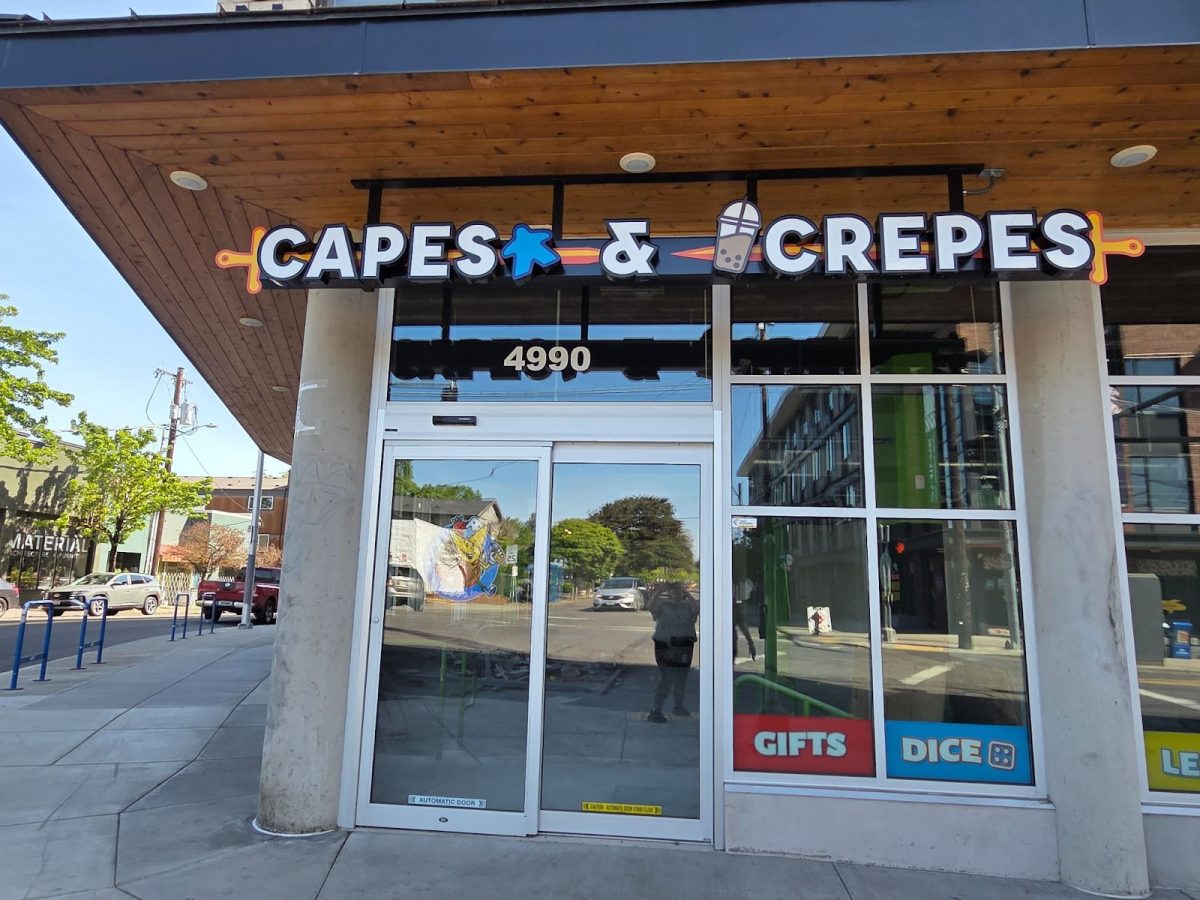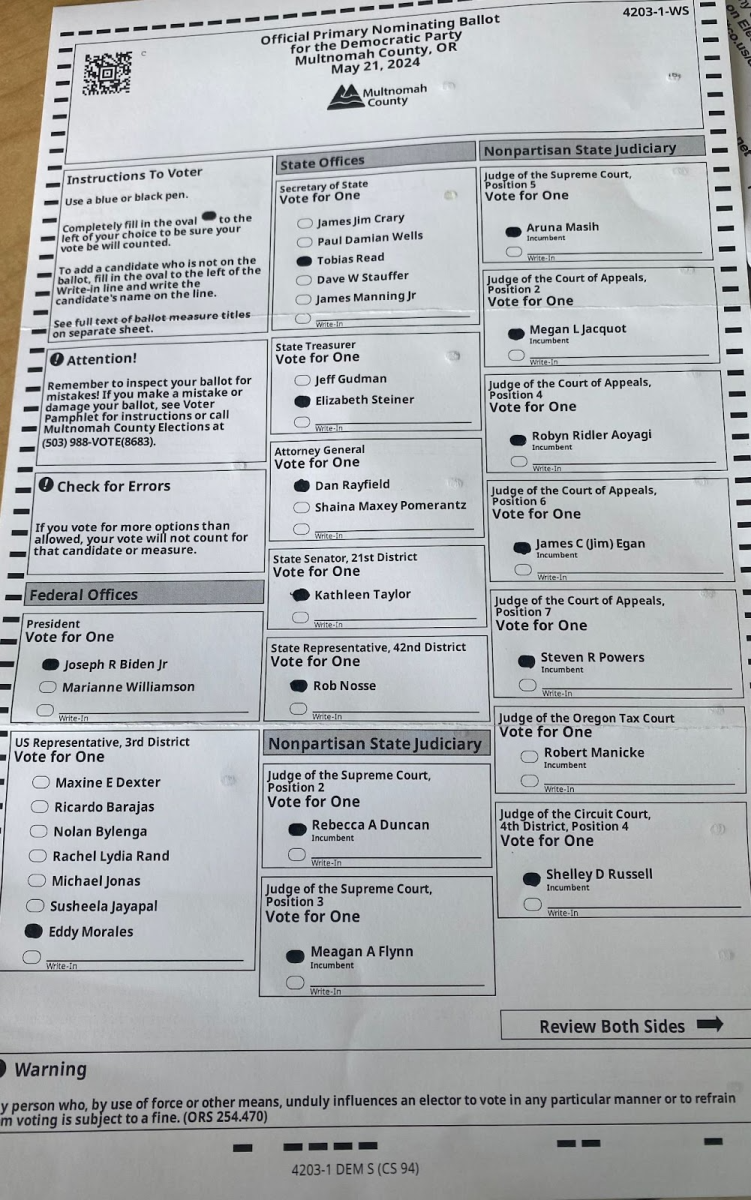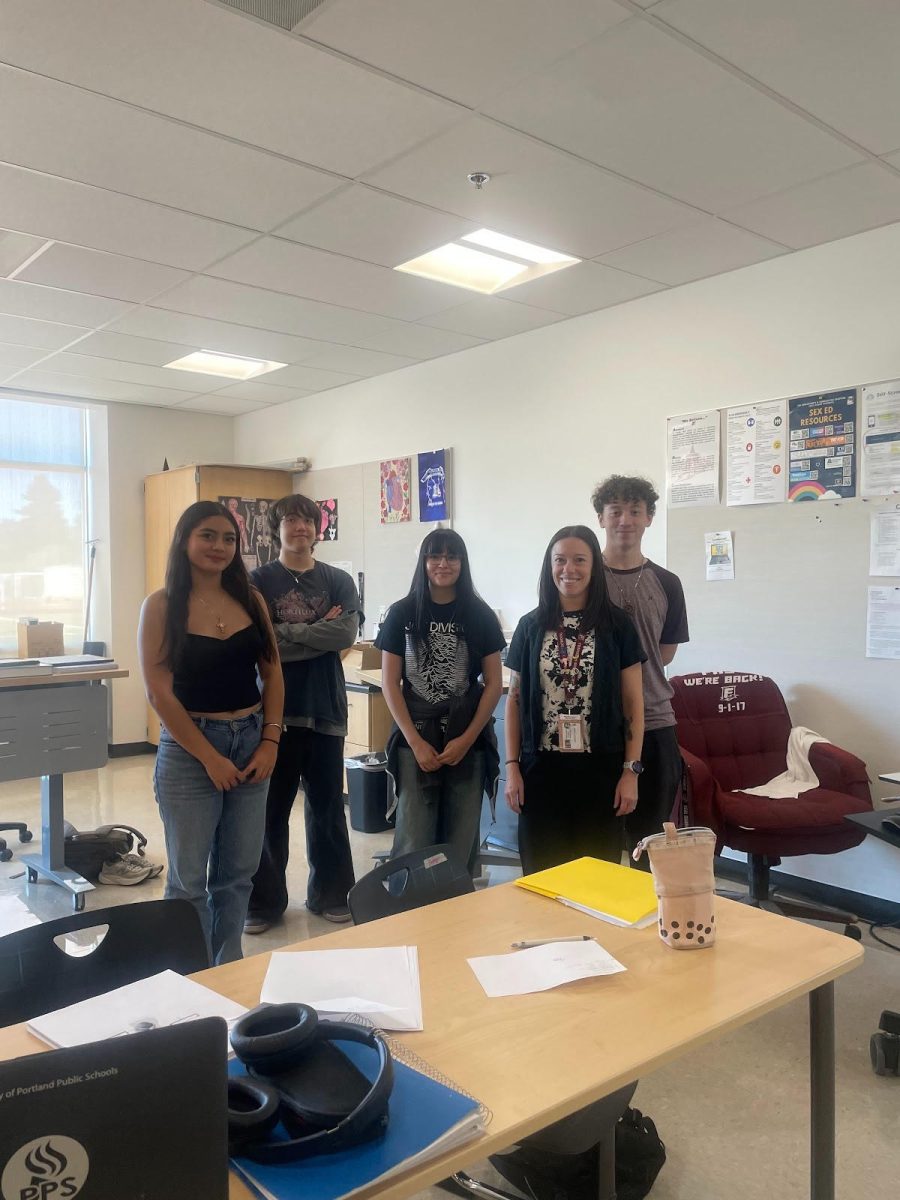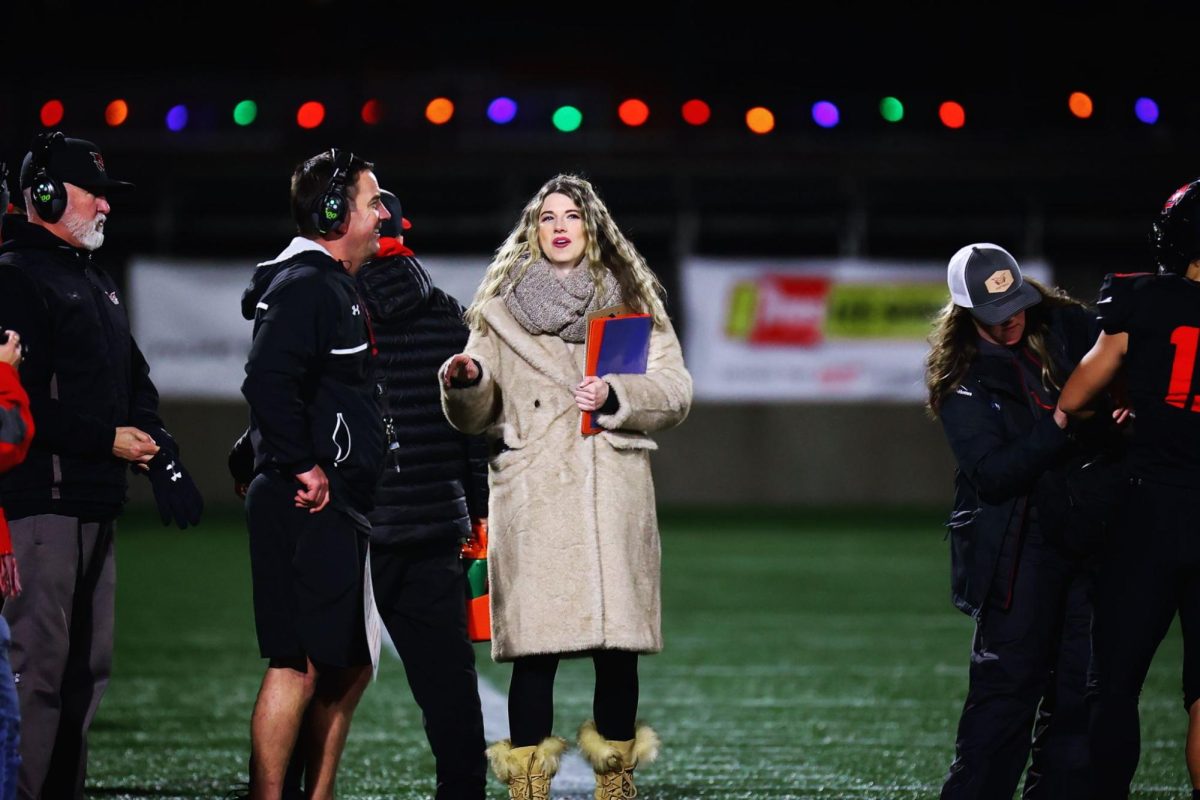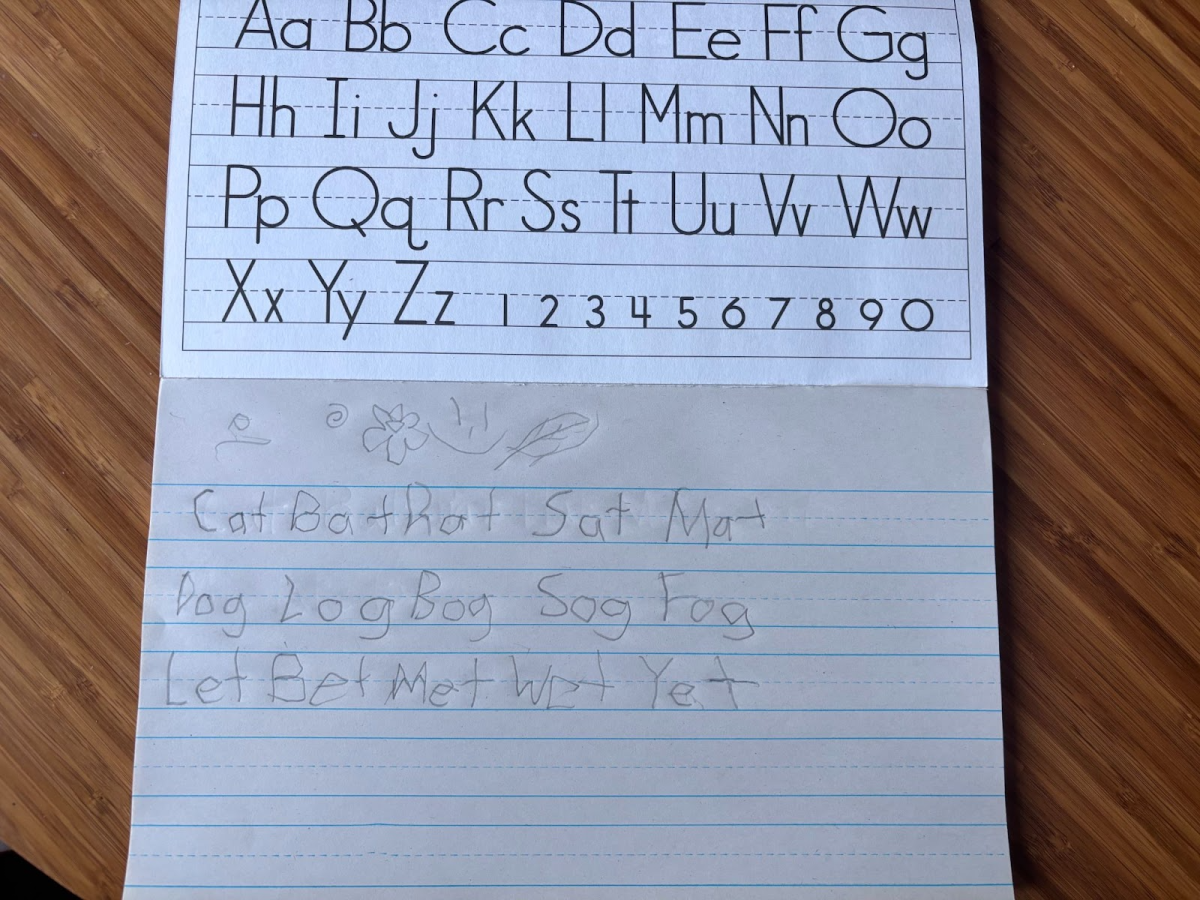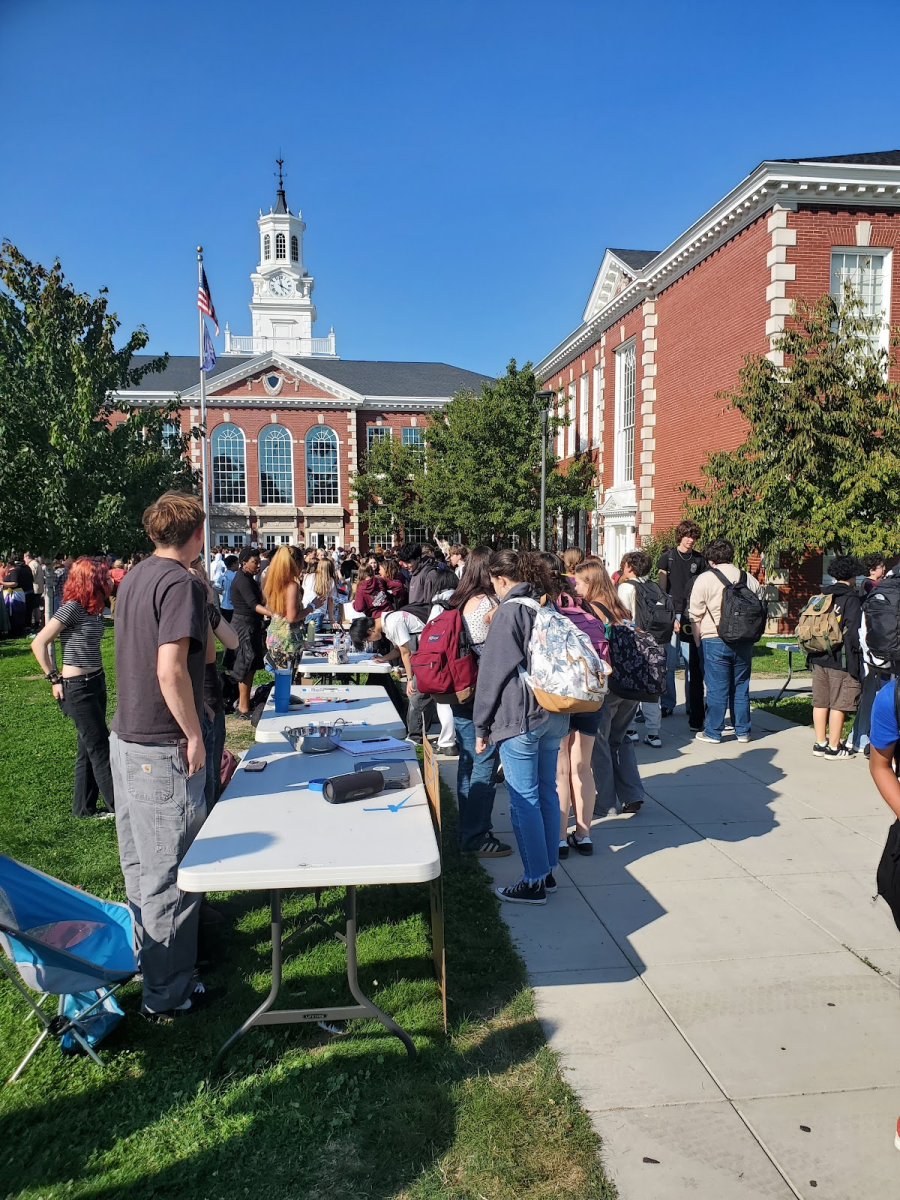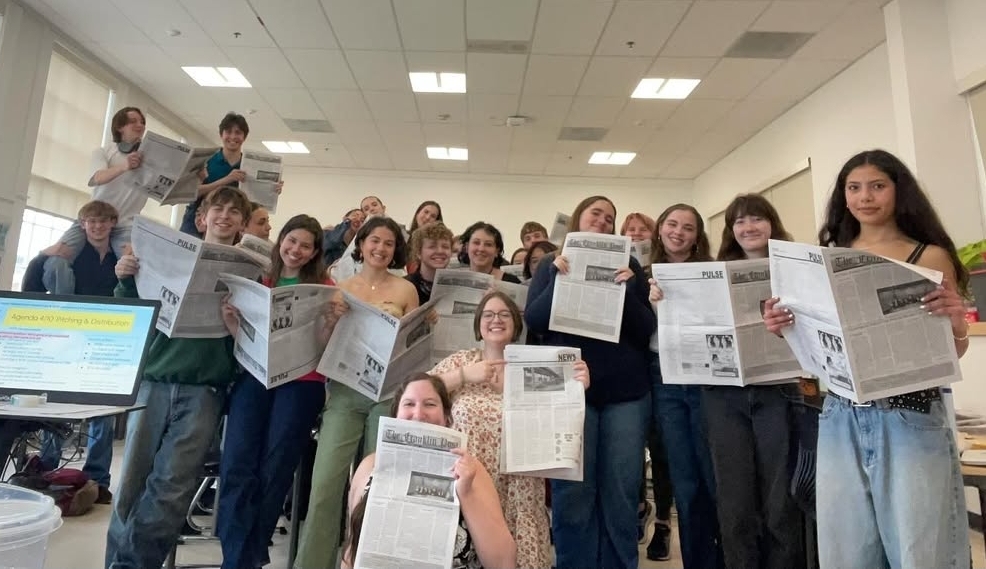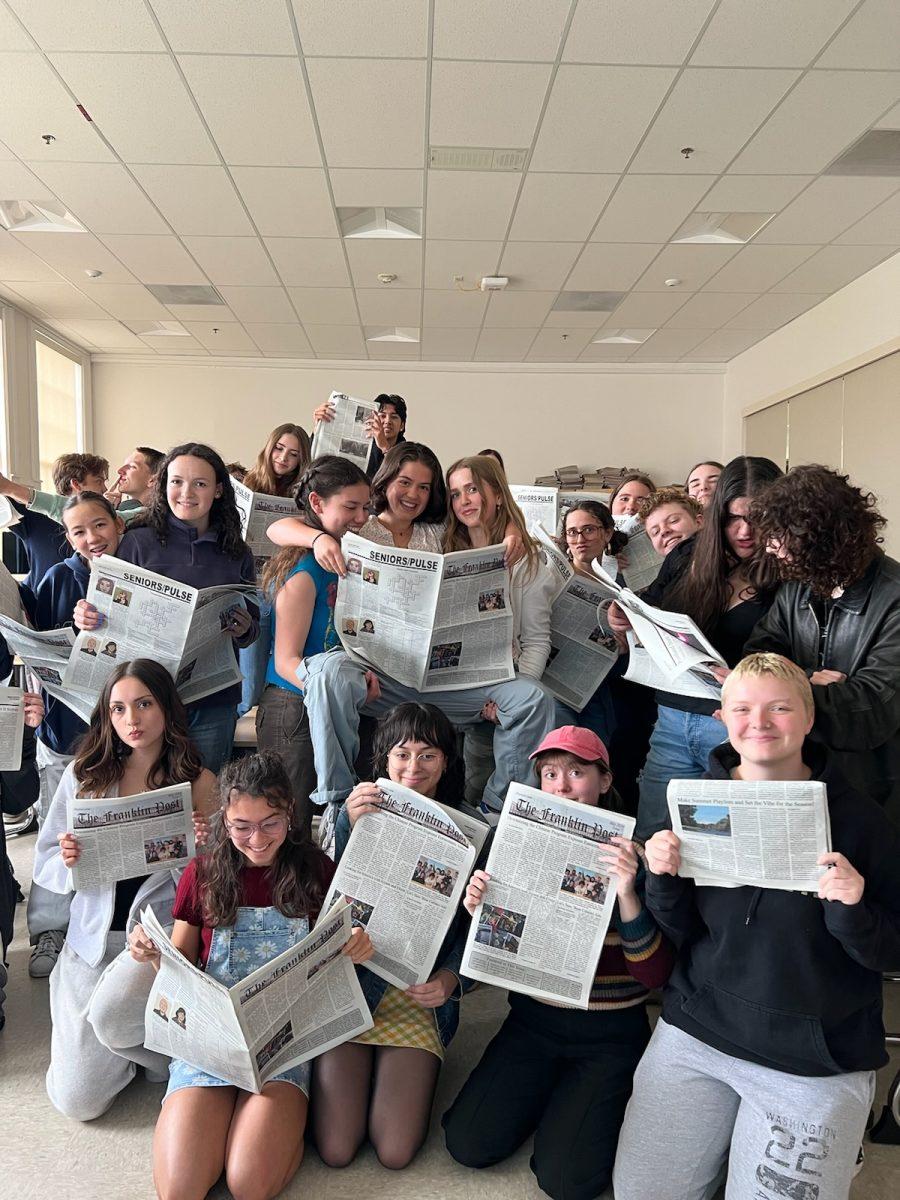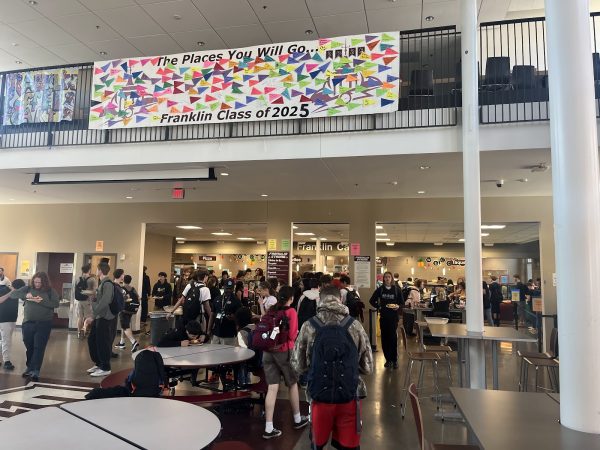
Cafeteria food might not win a Michelin star, but shouldn’t it at least meet students’ nutritional needs? This year, Portland Public Schools (PPS) began offering free breakfast and lunch for students at every school across the district. This program is critical for providing access to food for students, especially those from lower-income families; as of the 2023-24 school year, 61.3% of PPS students qualified for free and reduced lunches, meaning those students had family incomes at or below 130-185% of the federal poverty level. Yet some students are not satisfied with only one lunch and find themselves questioning the portion sizes of the meals as they slip a second lunch into their bookbag. And so the question that seems to be on many students’ minds — and plates — is what’s being served in PPS cafeterias really enough for high school students?
McDaniel High School junior and athlete Isaak Hammersborg doesn’t think so. “I regularly feel the need to get a second lunch. Probably four times a week,” he says. Across PPS, students “aren’t allowed to get a second lunch, so we need to [ask] someone to get us another lunch,” says Hammersborg. As an athlete, Hammersborg explains that he requires an above-average amount of calories: “I feel more hungry [since] I’m burning more calories.” When he can’t get a second lunch, Hammersborg laments, “I understand what practice will feel like without eating.” Unfulfilling portions often deter Hammerborg from getting school lunch at all, as he explains, “Sometimes knowing it won’t be enough makes me hesitant to get cafeteria food.”
The standard caloric value of school lunches may not be adequate for students with a range of nutritional needs. Graham Schreiber, a PPS Nutrition Services program manager, states that, “All that data that [PPS] operat[es] off of is federally set, and we have to work within the boundaries [and] confines of what the United States Department of Agriculture (USDA) puts out there.” He explains that PPS’ elementary schools and middle schools have a different menu than high schools based on the caloric needs of the students.
The USDA’s nutrition standards determine that elementary lunches should provide 550-650 calories, middle school lunches should provide 600-700 calories, and that high school lunches should provide 750-850 calories. Though the calorie ranges incrementally increase for the age groups, there is some overlap between grade levels, with the higher end of K-5 lunches being similar in calories to the average middle school lunch. Even then, a middle school lunch on the high end of the standard calories is only 50 calories from the minimum calories of a high school lunch.
The calorie range for different grades is “factoring in that we’re not the sole source of your calories,” says Schreiber. But even if you total the maximum calories achievable for high school students, including both breakfast — which contains fewer calories — and lunch, the total is 1450 calories. Schrieber acknowledges that, in terms of the data used to calculate necessary calorie intake for high schoolers, “The field of nutrition has really focused a lot on [Body Mass Index] historically, which has proved to be a really inaccurate representation of the general population and their bodily needs.” The food served in the cafeteria is but a shot in the dark at meeting students’ nutritional needs, leaving some with a surplus of food, while others may go hungry. This is in part due to the range at which the calories in lunches are determined, with high school lunches ranging from 750-850 calories, as dictated by the USDA. At the same time, the range of daily caloric needs for adolescents aged 14-18 is between 1800 and 3200 calories. The maximum amount of calories PPS can serve for breakfast and lunch combined is 1450, a number on the lower end of many students’ daily caloric needs, which might not even provide half the calories a student requires. Such a wide variety of needs leads to some falling through the cracks.
Personally, my caloric needs fall on the high end of the spectrum. As a larger individual and athlete, I require higher maintenance calories than most. I have a very good understanding of my body’s needs; having worked out for years, I’ve seen my body change and grow based on my diet. 3200 calories is not some number I try to hit every day — it’s the bare minimum to avoid losing weight. Others in the same boat as me risk increased fatigue or weight loss if they can’t eat a full lunch, even if they can get plenty of food for dinner. Regular and filling mealtimes are important to avoid heartburn and digestive issues, and trying to cram 1500 calories down your throat to make up for what you could not eat at school or during practice only leads to more complications. For students who need more food, meal size options could serve as a solution.
PPS does make efforts to put more food onto their especially hungry students’ plates. Schreiber mentions that it is PPS policy to allow students to come back and refill on fruits and vegetables, which are unlimited. “We do try to provide as much as we can, knowing that some students might not have a full dinner,” he explains. Regrettably, meal size options or alternative meal plans to remedy these caloric disparities may not be feasible. Schreiber says, “Unfortunately, there [have] been a lot of really scary federal cuts to programs that support school meal operations across the country. For example, … a program that provides money for schools to buy local produce [was just eliminated].” Before we can even look at improving the equity of the lunch program, we need to face the political challenges of the system. “There could be a scenario where we’d have to go back to not serving free meals at every school [in PPS],” Schreiber says. If this scenario were to develop, some schools would qualify for free lunches, while others would return to being paid. This could be devastating for families who rely on food from public schools. “The reality is, unfortunately, that a lot of students may not have a lot of access to food outside of our meal services,” Schreiber states.
Cafeteria food is difficult to balance. While the goal remains to distribute food to as many students as possible, limitations set by the USDA, new federal regulations on government spending, and the $40 million in PPS budget reductions threaten to reduce access, affordability, and even the quality of cafeteria food. It seems the problem isn’t with portion sizes at all, or even with the higher-ups at the district. Rather, the problem is with the governmental entities behind it all. “[These] things are able to be shifted,” Schreiber says. “It just takes time and advocacy.”
K-58 Minimum-Maximum calories per lunch: 550-650
6-8 Minimum-Maximum calories per lunch: 600-700
9-12 Minimum-Maximum calories per lunch: 750-850



